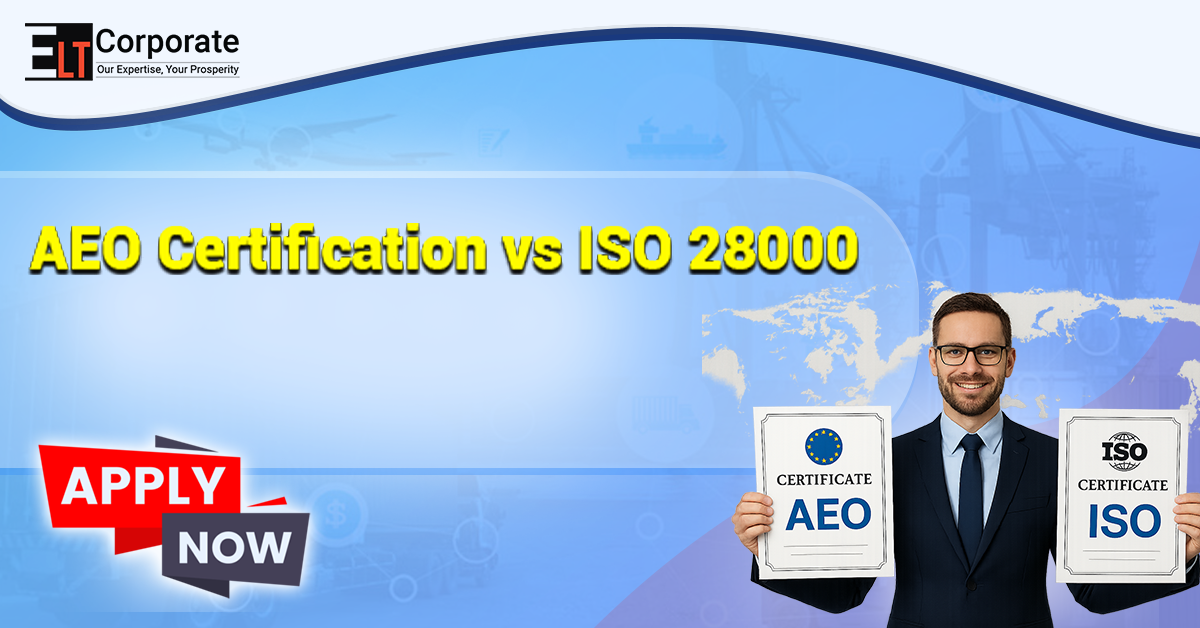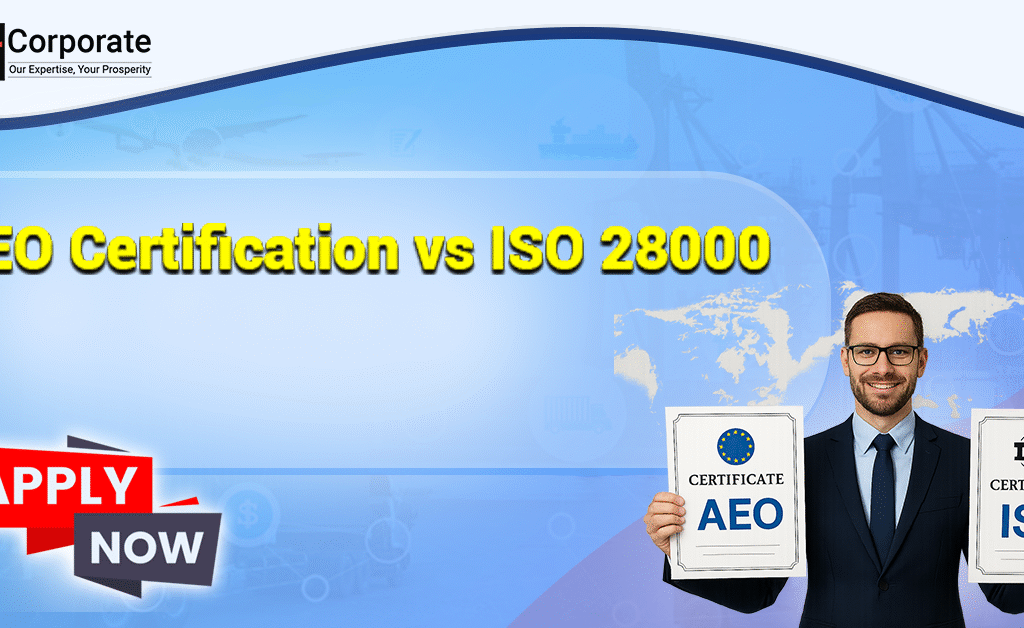An Authorized Economic Operator (AEO) certificate is a globally recognised document that indicates compliance with business customs laws, safety protocols, and stable supply chain practices. In India, the AEO program is administered by the Central Board of Central Tax and Customs (CBIC) and is divided into three levels: AEO-T1, AEO-T2, and AEO-T3, based on compliance and operational requirements.
An audit and site verification process is one of the most essential stages in obtaining or renewing AEO certification. The AEO audit is conducted by customs authorities to verify whether the applicant complies with the organisation’s operations, safety and regulatory requirements. A well-prepared audit process ensures smooth approval, while poor preparation may cause delays, rejection or even the downgrading of the AEO status.
This guide walks through how to prepare you for an AEO audit – key, don, and practical suggestions for success.
Why Audit Preparation Matters for AEO Certification
Audits are a compliance verification tool used by CBIC. Without proper preparation, your organisation may face:
- Risk of rejection or delay – Missing documents or weak processes can cause certification delays.
- Compliance gaps exposed – Poor preparation may highlight operational weaknesses.
- Downgrade of tier – For AEO-T2 and T3, authorities may downgrade the tier if requirements are not fully met.
- Loss of credibility – International supply chain partners rely on AEO certification for trust and recognition.
Types of AEO Audits
- Desk Review – AEO-T1
Document-based review with fewer physical checks. - On-Site Audit – AEO-T2 & T3
Comprehensive inspection at company premises, including IT security, physical security, and compliance controls. - Follow-up Audits
Conducted if CBIC finds discrepancies or corrective action is required.
Do’s for AEO Audit Preparation
1. Keep the Central Compliance File
Maintain all AEO-related documents, GST returns, imports/export records, SOPs, and previous audit reports in accessible places. This ensures quick reference during an audit.
2. Run internal mock audit
To identify already weak areas and strengthen your readiness, simulate the actual customs audit process.
3. Update SOP and Safety Policies
Ensure your operational processes – including cargo handling, IT safety and risk management – are updated and align with real practices.
4. Ensure the readiness of the site
Warehouses, offices and storage facilities should meet compliance standards with appropriate safety measures such as CCTV, access control and a fire safety system.
5. Prepare major employees
Train compliance officers, godown managers, and IT employees to answer audit questions confidently. Well-designed employees create a strong impression of reliability and capacity.
Step-by-Step Audit Preparation Process
Step 1: Pre-audit self-check
Conduct an internal compliance checklist aligned with the AEO guidelines of CBIC.
Step 2: Document Review
Gather and verify the latest versions of GST returns, financial statements, SOPs and security policies.
Step 3: Physical Security Verification
Ensure that CCTV, Access Control, Fire Alarm and Visitors logs are active and properly recorded.
Step 4: IT and Cyber Security Verification
Document network policies, access restrictions and data security systems.
Step 5: Employee Preparation
The possibility of interacting with auditors should conduct the briefing session for major employees. Step 6: Corrective Action Tracking. Maintain records of work done in response to previous audits or internal reviews.
Common Mistakes During AEO Audits
- Submitting incomplete or outdated SOPs.
- Not having proper documentation for subcontractors or logistics partners.
- Ignoring business continuity planning.
- Failing to provide audit trail records (who did what, and when).
- Treating the audit as a mere formality instead of a compliance assurance process.
Practical Tips for Smooth AEO Audits
- Maintain an AEO compliance calendar with reminders for audits, renewals, and training sessions.
- Use digital document management systems to avoid misplaced files.
- Assign a dedicated compliance officer to coordinate with CBIC.
- Conduct annual risk assessments to identify vulnerabilities.
- Encourage staff participation in CBIC awareness programs to stay updated with the latest requirements.
How ELT Corporate Can Help
ELT Corporate assists businesses in preparing for AEO audits by providing:
- Mock audits and readiness assessments
- Documentation and SOP standardisation
- Training sessions for staff on audit handling
- Assistance in responding to CBIC queries and corrective actions
- End-to-end compliance guidance for AEO-T1, T2, and T3 audits
Conclusion
The preparation of the AEO audit is not only about paperwork – it is about demonstrating operational integrity, safety and compliance for CBIC. By following the right practices, to avoid normal mistakes and to maintain constant readiness, your organisation can successfully clean the audit and continue to enjoy the competitive benefits of AEO certification.
FAQ
How many times is the AEO audit organised?
For AEO-T1, the audit is primarily document-based and minimal, while for AEO-T2 and T3, the site is conducted during audit certification, renewal and verification processes.
What should be prepared during a site audit?
Documents such as GST Return, Financial Report, SOP, CCTV and Access Log, IT compliance report and employee training records.
Can a failed audit AEO cancel the situation?
Yes. If CBIC finds a major non-compliance, your AEO position can be downgraded, suspended or cancelled. Corrective action can also be applied before reconsideration.





